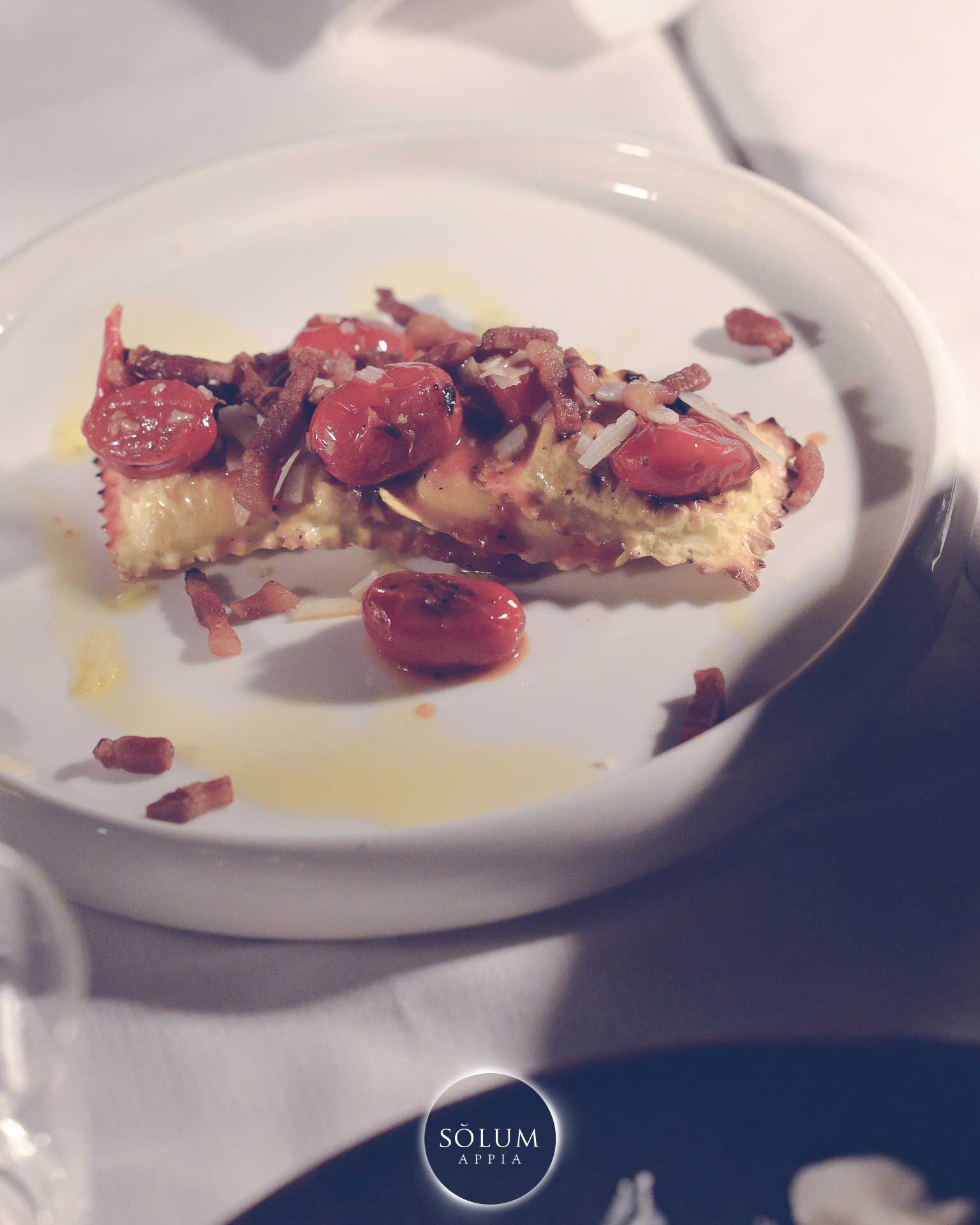
Solum Grill & Club Appia Antica Roma
open by appointment by writing to [email protected]. Closing. Monday (except 14 August) August 16, 2023. Extra Opening times. Special opening. December 25th, from 9.30am to 1.30pm. Web Appia Antica Archaeological Park. Show more.
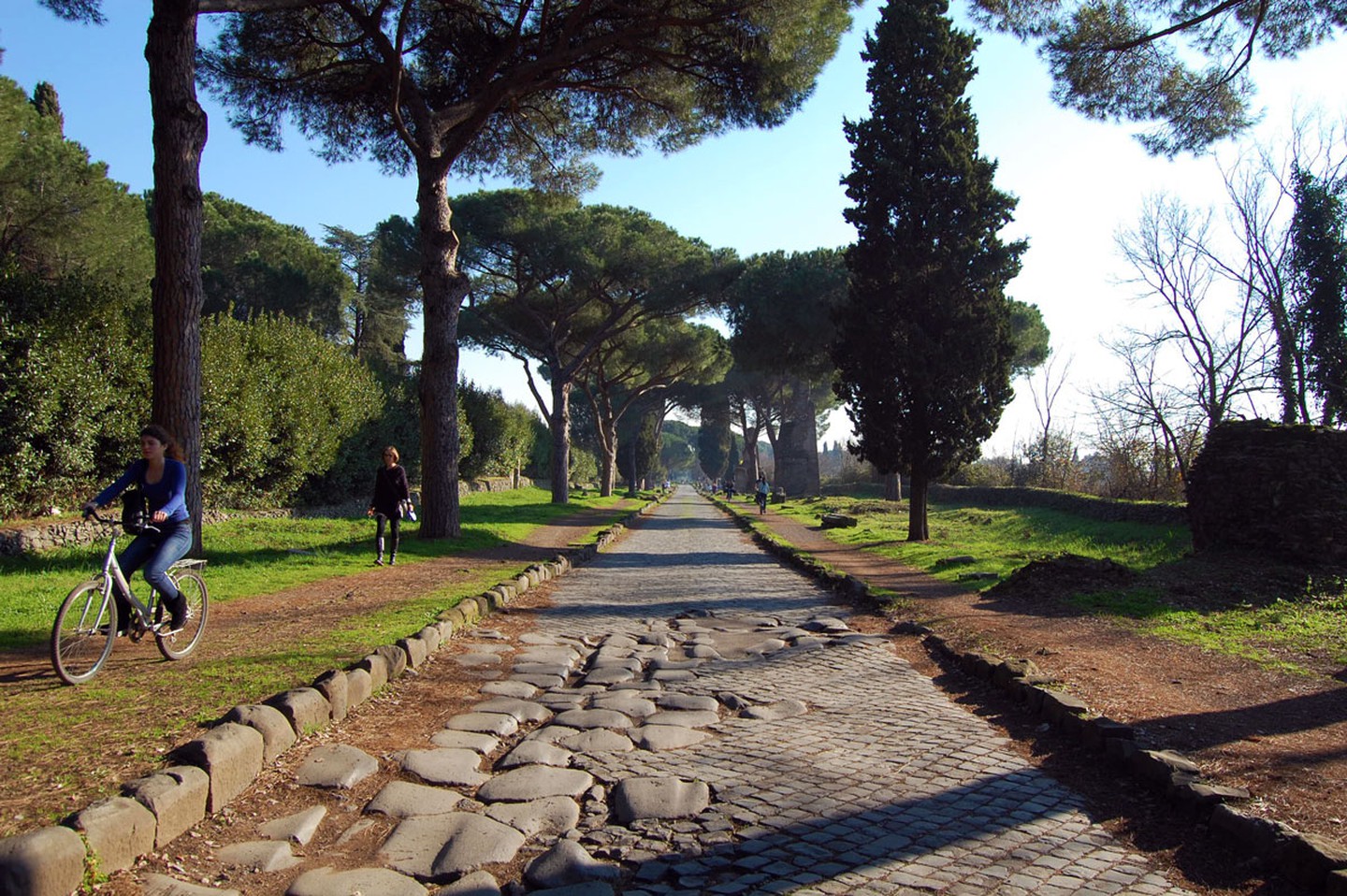
A Brief History Of Via Appia Antica, Rome's Oldest Road
The Appia Antica Regional Park is located mostly in the southeastern part of the urban area of Rome Municipality (less than 5% of the territory is included in the Municipalities of Ciampino and Marino, toward the south) and was established in 1988 by the Regional Law No. 66. Later, in 2002, by the Regional Law 31 May 2002, an extension of the.
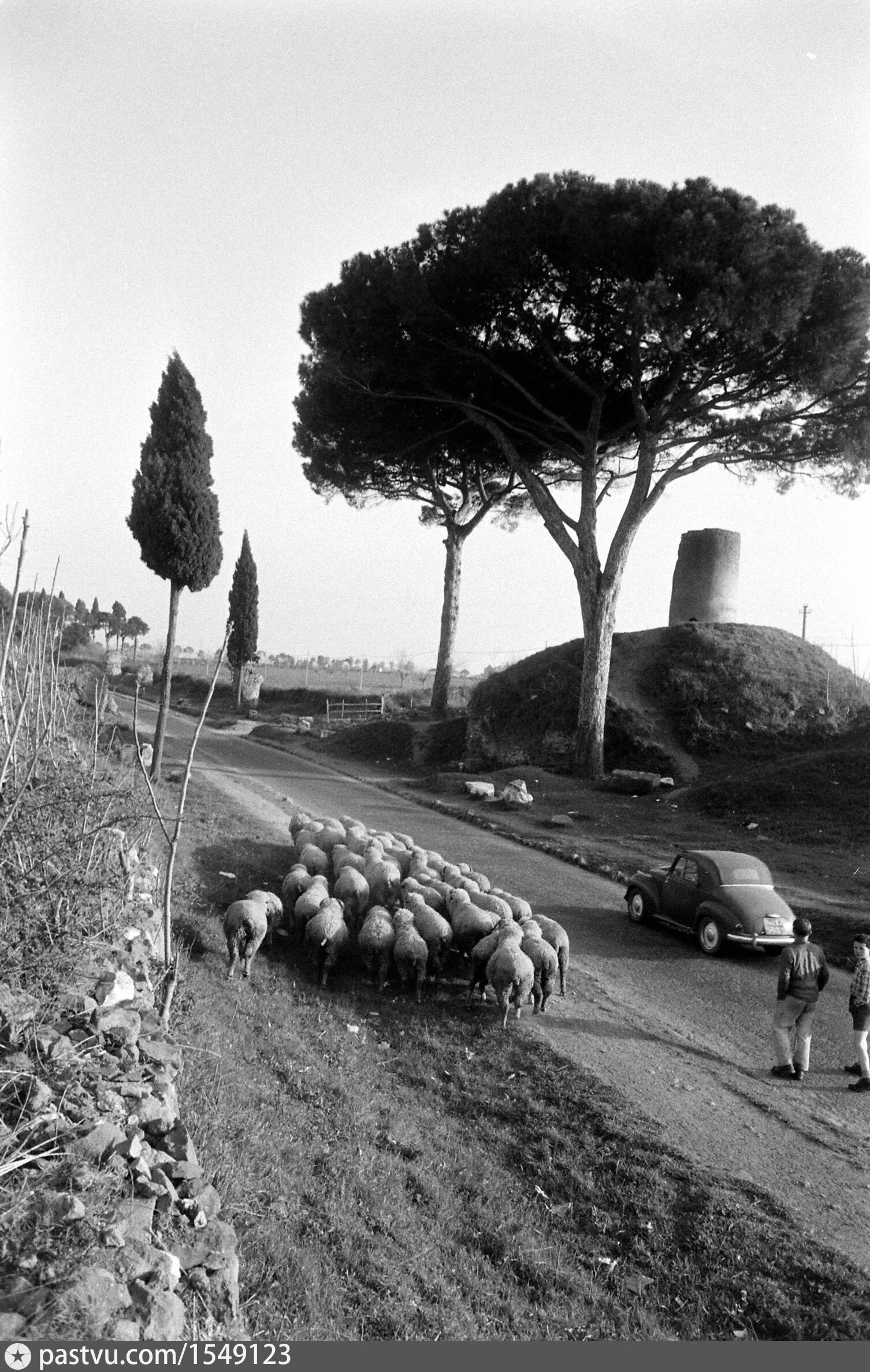
Via Appia Antica
The Parco Archeologico dell'Appia Antica is a peripheral non-general executive level office of the MIBACT, created following the Franceschini reform, which carries out protection activities on the Appian Way and other assigned properties and sites. The Institute was created with the aim of promoting the territorial area crossed by the ancient.
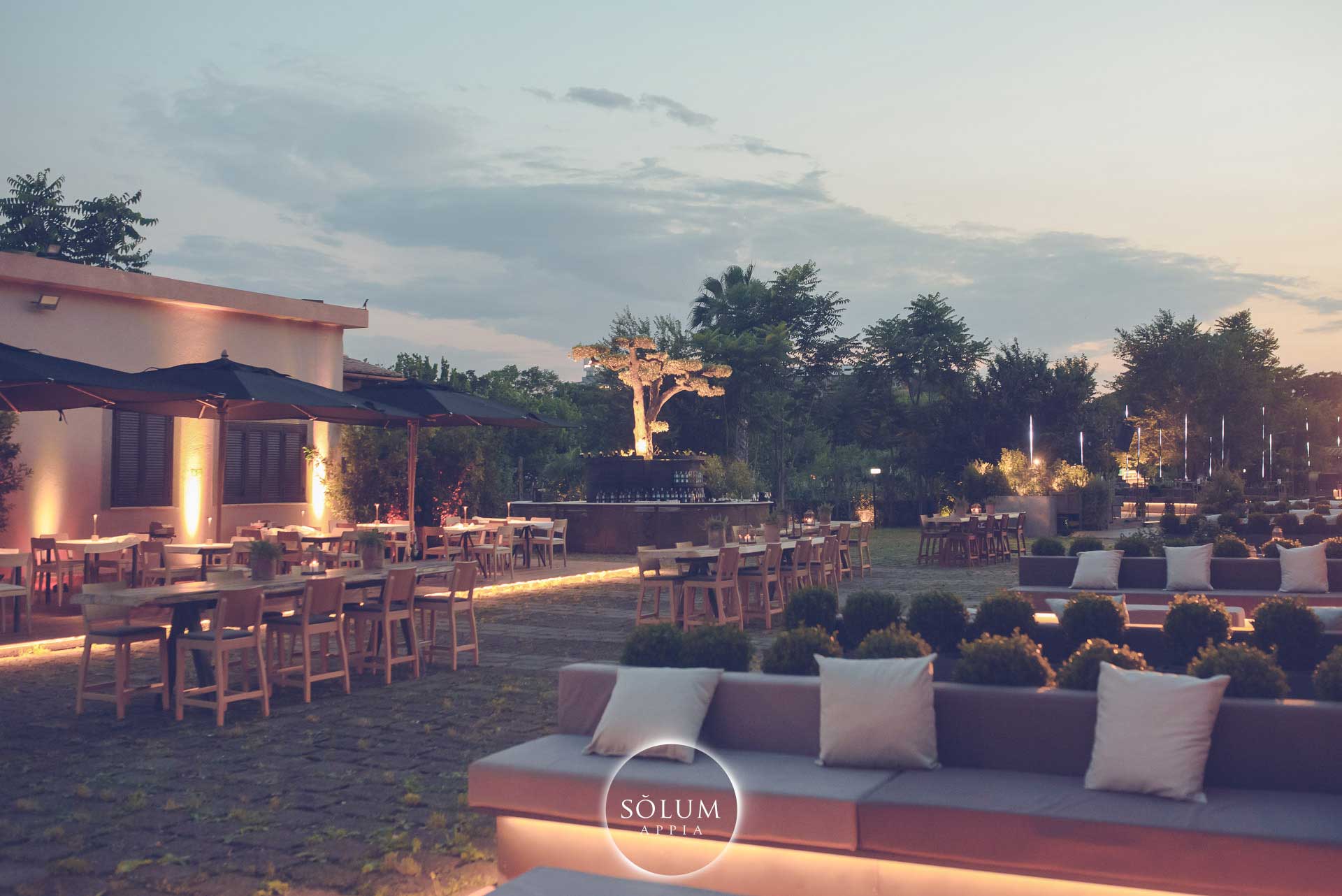
Solum Grill & Club Appia Antica Roma
Solum. Suolo, fondamento, terra natia. Il più antico parco di Roma. Un ancestrale lembo verde che si incunea tra sanpietrini e arcate di marmo. Al principio dell'Appia Antica, dove si respira l'eterno e l'immutabilità. All'ombra di alberi secolari e porticati di cotto. PRENOTA UN TAVOLO
Rome Via Appia Antica
It's called Appia Antica in Italian and you'll see it indicated as such on books, on bus timetables, on signs. The Appia Nuova road, the New Appian Way, was on the other hand built in the 16th century. Today it's a modern, chaotic, busy city road in the same general area, for a bit running parallel to the ancient one..
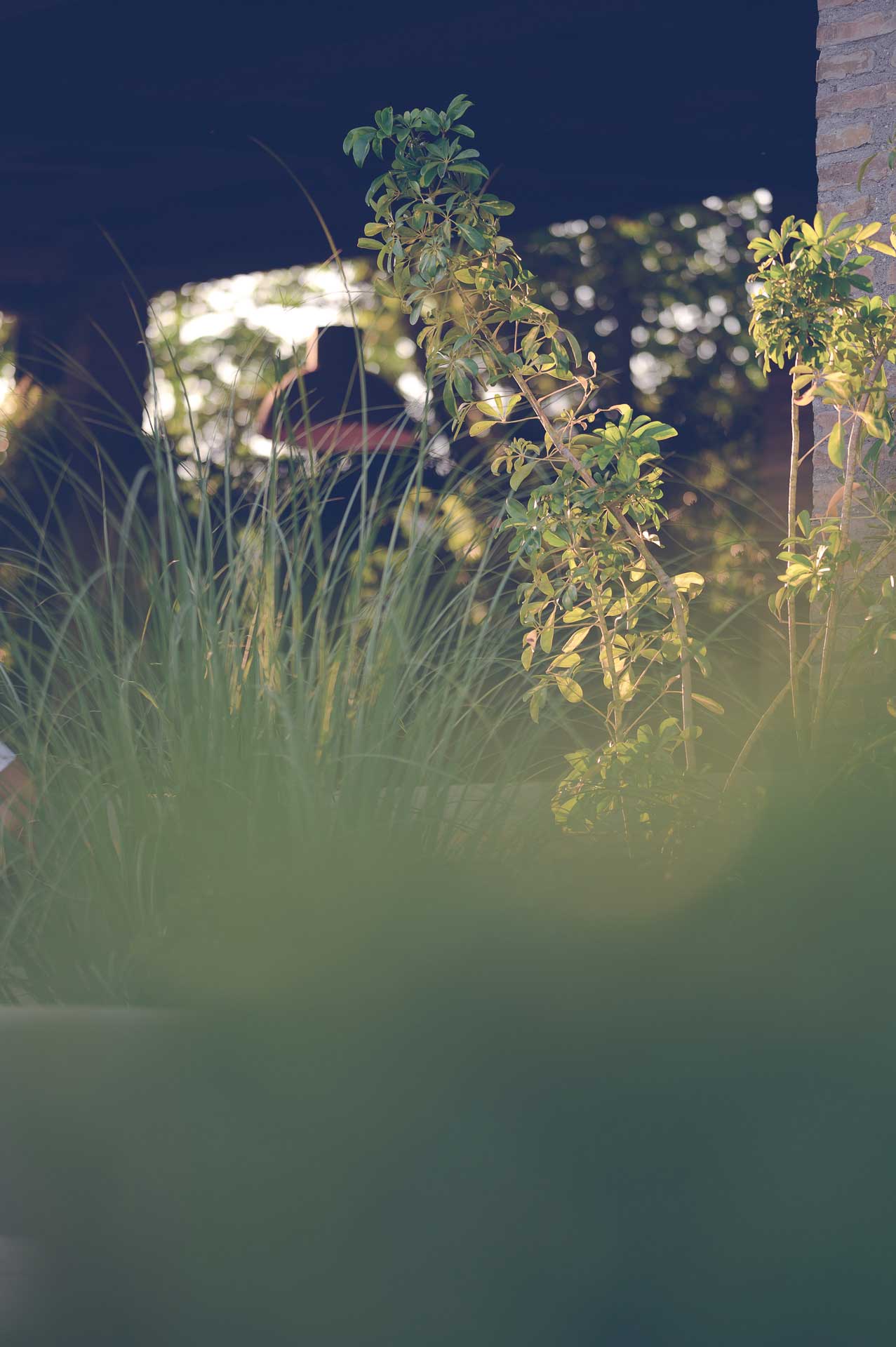
Solum Grill & Club Appia Antica Roma
The Appian Way ( Latin and Italian: Via Appia) is one of the earliest and strategically most important Roman roads of the ancient republic. It connected Rome to Brindisi, in southeast Italy. [1]

Ecco perchè visitare l'Appia Antica! Solo a Roma
The Appia Antica or Appian Way is the first Roman highway that stretches from the Roman Forum down the entire length of the boot of Italy to Brindisi in the heel, a distance of 400 miles. This first road named after the Roman censor Appius Claudius Caecus, who built it in 312 BC was designed for military purposes during the Samnite Wars against a tribe to the south of Rome.
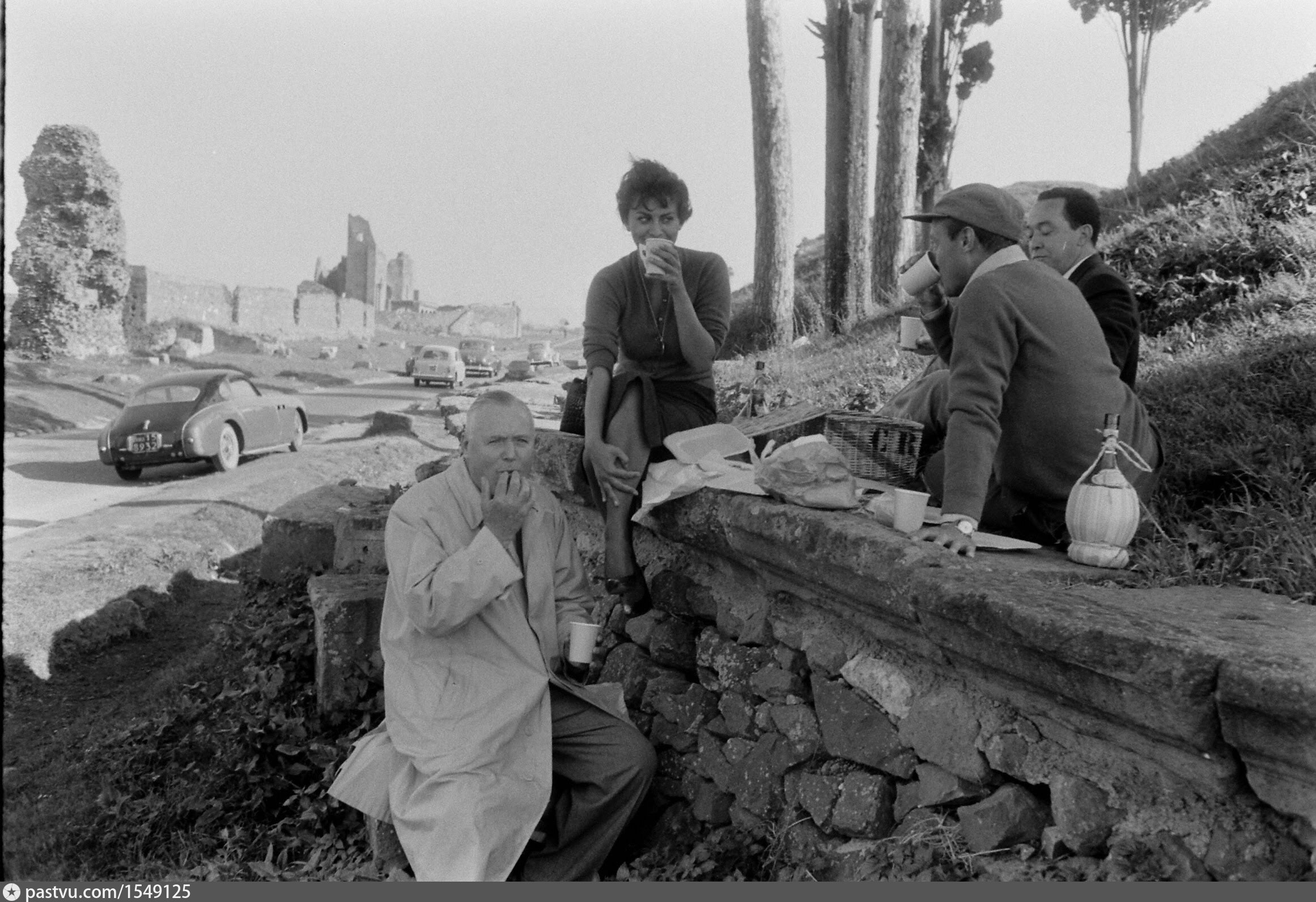
Via Appia Antica
Though much of it has been covered up over the centuries, an 11-mile stretch remains as the Parco Archeologico dell'Appia Antica, leading from the imposing gateway of the Porta San Sebastiano.

Solum Grill & Club Appia Antica Roma
Colosseum Roman Forum & Palatine Hill Vatican Museums St Peter's Basilica Borghese Gallery, Villa Borghese The Pantheon The Spanish Steps The Trevi Fountain Piazza Navona Museo Capitolino Basilica San Giovanni Baths of Caracalla Appian Way Ostia Antica ROME'S BEST. Churches Museums Catacombs

Il V Miglio via Appia Antica Visita Guidata Roma sottosopra
Wandering along the Appian Way - images from milestone I to VI. "O Appian way, which Caesar consecrates under the form of Hercules, and renders the most celebrated of Italian roads…". Martial, Spectacula 9.101. Via Appia Antica, ancient Rome's "Queen of Roads", was once one of the world's most important roads.

Cicero in Rome Lungo la Regina Viarum Passeggiata e Aperitivo nel
The Appian Way (in Latin and Italian: Via Appia) was one of the ancient republic's first and strategically most important Roman roads. It connected Rome to Brindisi in southeast Italy. Its importance is indicated by its name. The poet Statius once wrote: "Appia longarum teritur regina viarum" or "The Appian Way is the queen of long roads." The road takes its name from Appius Claudius Caecus.
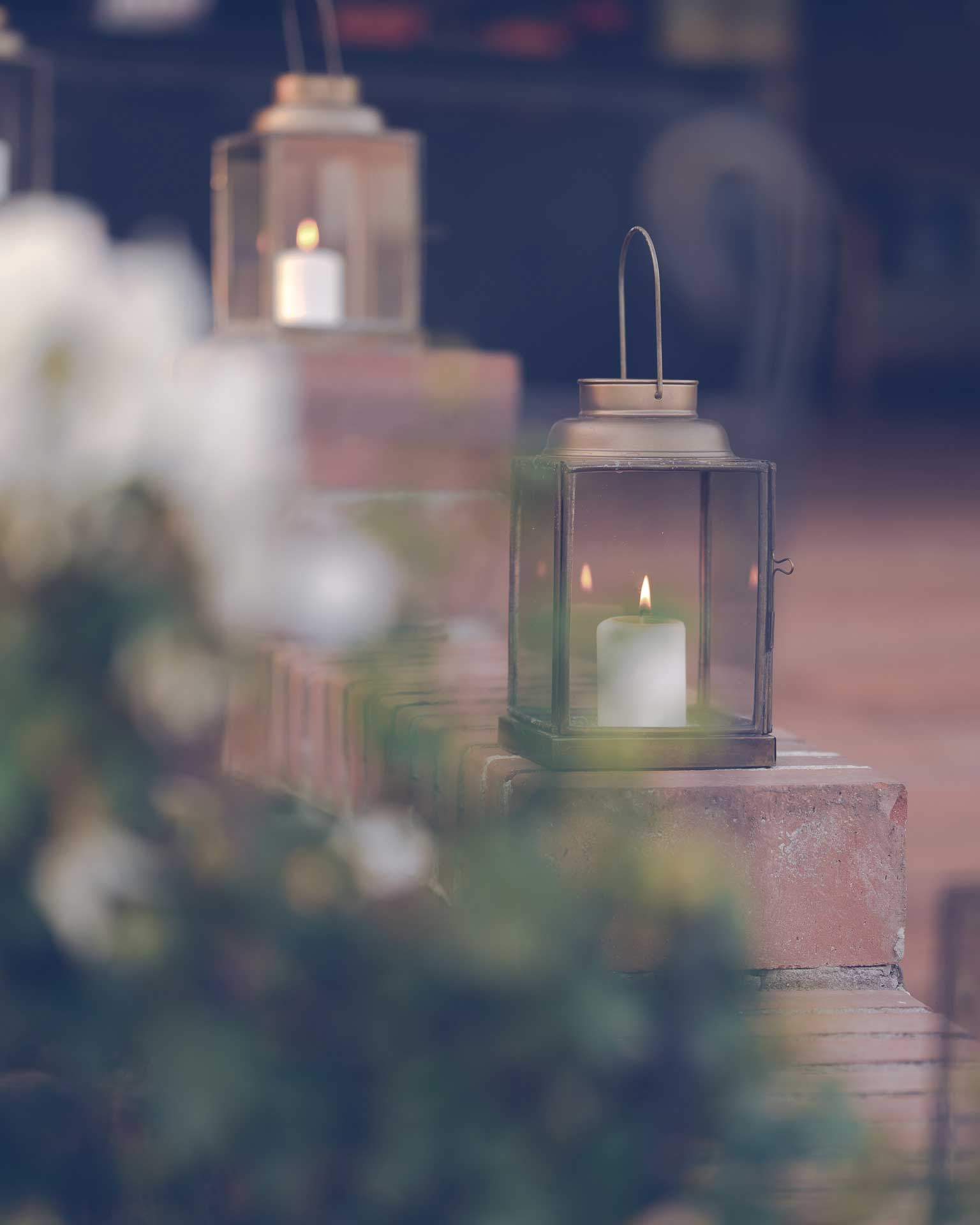
Solum Grill & Club Appia Antica Roma
The oldest road of Rome 'Via Appia Antica' The Via Appia Antica or Appian Way is one of the oldest roads of Rome and served as an important access road into the city. Originally, the road ran all the way to Brundisium, present-day Brindisi in the heel of Italy. The cobbled road was named after consul Appius Claudius Caecus who commissioned its construction in 312 BCE.
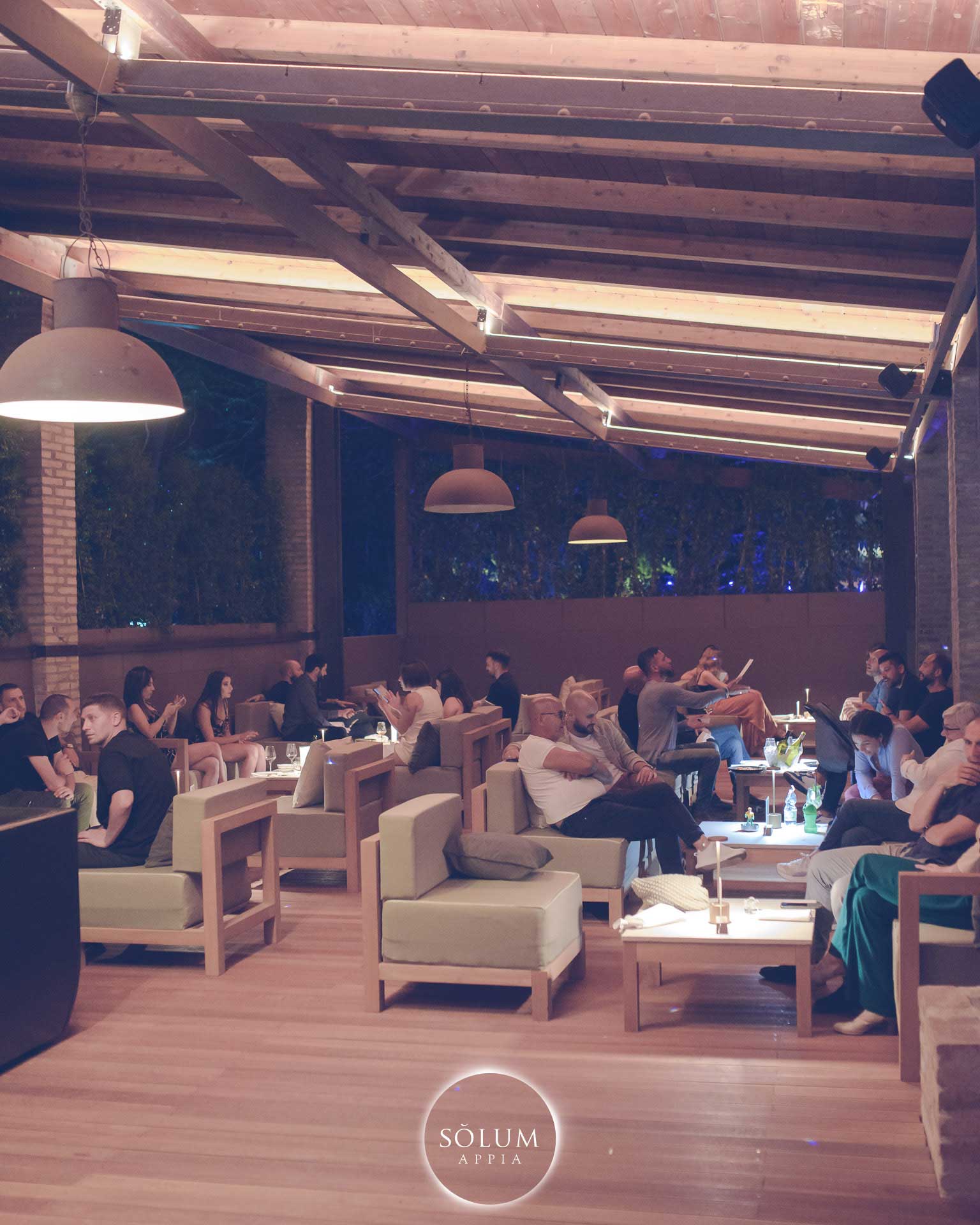
Solum Grill & Club Appia Antica Roma
From Porta San Sebastiano, the Parco Regionale dell'Appia Antica extends for 3500 hectares. They include the first 11 miles of the Regina Viarum , the Caffarella Valley, and the Aqueducts area. After crossing the Amone river, before embarking on the Appian Way, you can make a short detour to the right: in Via Ardeatina, you can visit the Fosse.

Open Air and Sunshine La Via Appia Antica and our Roman Day of the Dead
Here in the Appia Antica Park, the bicycle is the most modern means of transportation, and everything is pristine-a point you realize after walking a few hundred meters on the Via Appia Antica, an ancient road that runs through the park and today connects the center of Rome to the first towns outside the city limits, but in the past reached.
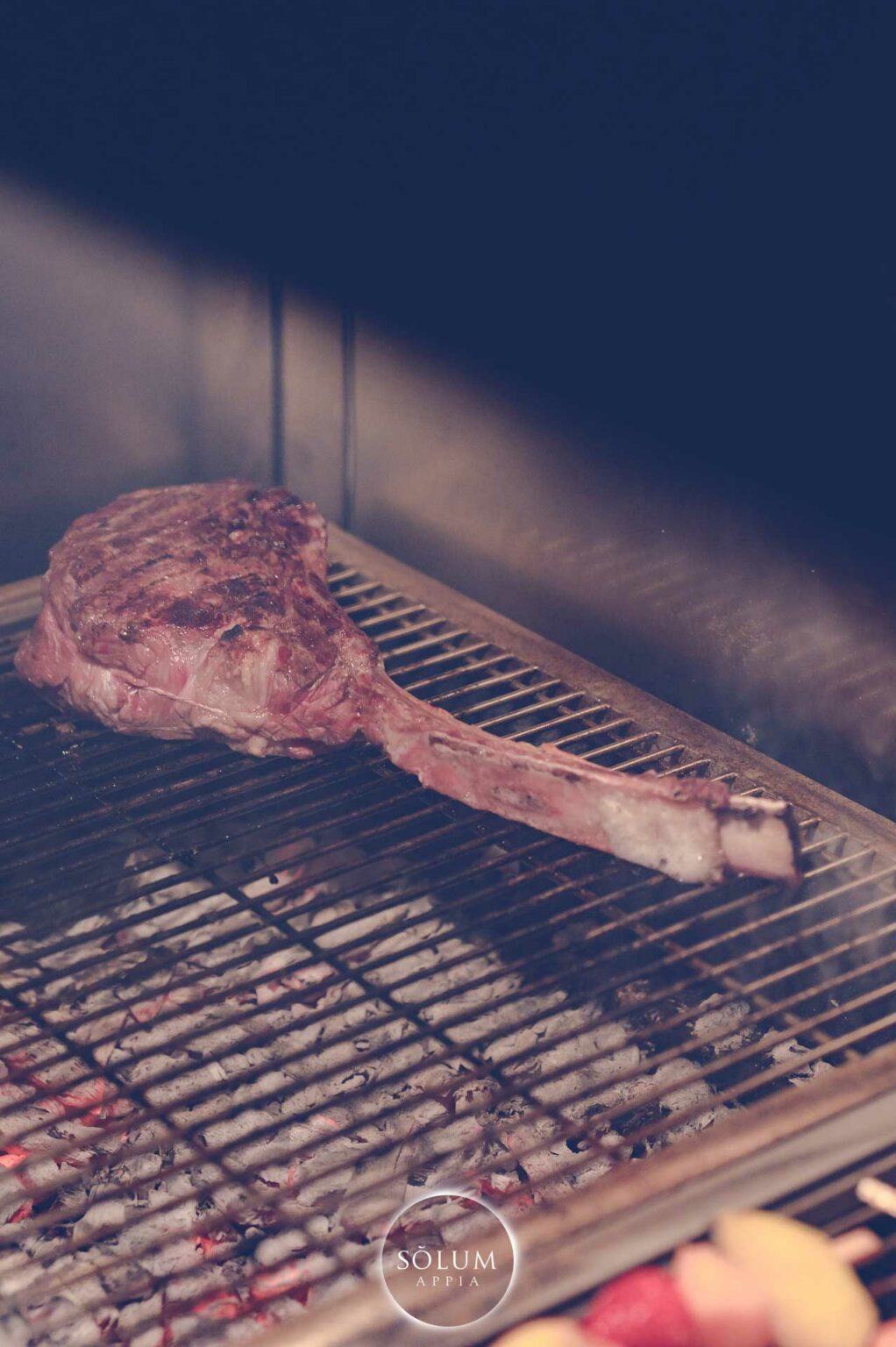
Solum Grill & Club Appia Antica Roma
The Appian Way, or Via Appia Antica in Rome, is one of the most famous ancient roads. It was built in 312 B.C. by Appius Claudius Caecus. In its entirety, it spanned 350 miles (563 km). The Appian Way stretched from the Roman Forum to modern-day Brindisi. Large stones made up the bulk of its construction, and softer gravel that was compacted.

VILLA APPIA ANTICA ROMA Wedding Planner, Outdoor Decor, Rome, Wedding
The Via Appia Antica is the old Roman Appian Way, which ran from Rome down to Brindisi. The stretch close to Rome, the Via Appia Antica, is now part of an nature and archaeological park, the Parco Regionale dell'Appia Antica. As well as being a genuine attraction, it is a delightful contrast to the traffic and bustle of Rome just a couple of.